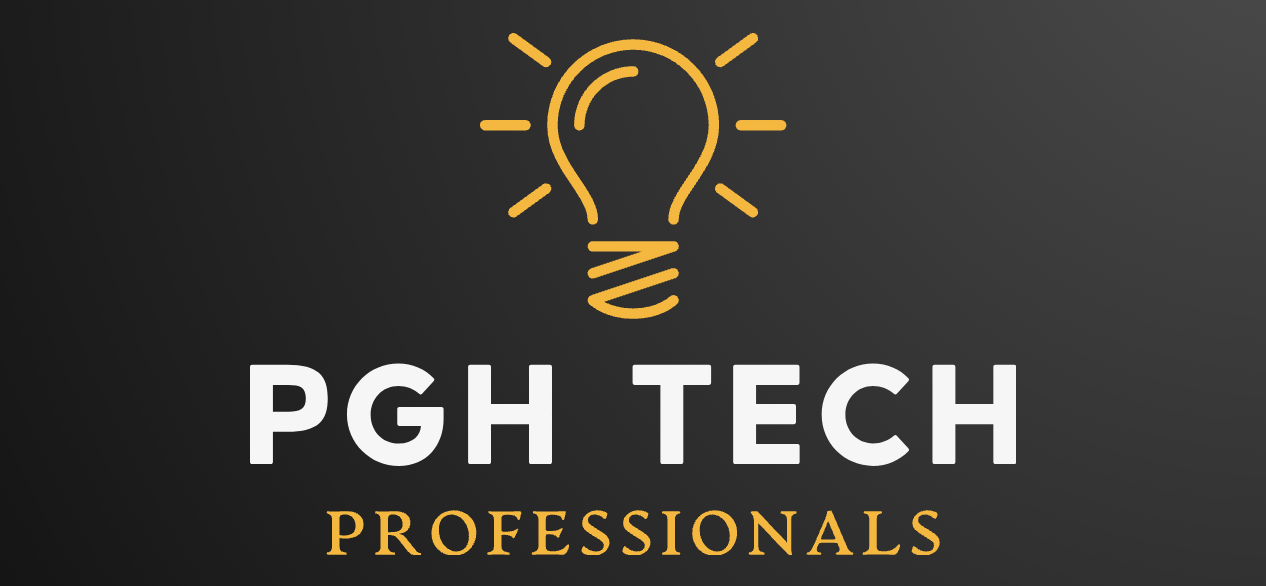Lifeline Program: Application, Eligibility And Benefits
In the digital age, staying connected is more essential than ever. The Lifeline program, a pivotal initiative in this regard, ensures that connection isn’t a privilege but a right. It’s an innovative move to bridge the gap between technology and affordability.
As of December 2020, California saw the full launch of the National Lifeline Eligibility Verifier. This marked a significant milestone in making telecommunication services accessible to all. But what does it mean for you? And how can you benefit from this program? Let’s take a closer look at these queries as we navigate through the intricacies of the Lifeline program together.

What Is A Lifeline Program For Low-Income Families?
Initiated in 1985, the Lifeline program proffers a monthly phone service discount for qualifying low-income consumers. The chief aim of this initiative is to affirm that comprehensive telephonic connectivity isn’t out of reach for any American. This connection paves the way for abundant opportunities including job hunting, staying connected with loved ones or accessing vital emergency services.
Lifeline falls under the Universal Service Fund and it’s accessible to all eligible low-income consumers throughout the US; stretching from each state, territory, and commonwealth and extending to Tribal lands. Managing administrative affairs from data collection, system maintenance support, and disbursement calculation is taken care of by the Universal Service Administrative Company (USAC).
You can acquire in-depth details about administrative aspects and essential program requirements on their website.
Who Is Eligible For the Lifeline Program?
Lifeline, a renowned federal program, aims at amplifying the affordability of both phone and internet service for households with low income. The gist of the program revolves around offering eligible customers a monthly discount that can ascend up to $9.25. For consumers who reside on Tribal lands, this discount can go as high as $34.25 per month.

Choosing your phone or internet company correctly is crucial to enrolling in the Lifeline program and maintaining your service efficiently. With such companies taking care of your enrollment process into the Lifeline program, you’ll also find them assisting in all areas concerning your service, device, bill or any related questions.
Specific rules govern the eligibility criteria for this benefit:
- Potential subscribers must prove their eligibility by either accessing a relevant program eligibility database or by providing substantial documentation.
- It’s important to remember that only one Lifeline benefits are allowed per household.
- Folks already indulging in multiple Lifeline services should immediately disenroll from extra services or face penalties.
- Reasserting your eligibility annually plays an essential role in continuing to reap these benefits; obeying requests from either National Verifiers or state Lifeline administrators is integral.
- In instances where you are receiving free service from your provider – usage is mandatory – failing to do so will result in exiting the Lifeline Program.
Before committing an application toward joining for lifeline support – make sure you check out lifelinesupport.org/do-i-qualify.
How To Qualify For The Lifeline Program?
Qualification for the Lifeline program falls under two main categories: income-based and program-based.
Income-based eligibility
A straightforward pathway into the Lifeline program is through your household’s annual income. If it’s at or below 135% of the Federal Poverty Guidelines, you’re eligible.
For instance, if you’re in a family of four with an annual household income not exceeding $36,900 (as per 2021 guidelines), then congrats! You’ve just met the requirements to enjoy more affordable phone and internet service from the grassroots level!
Program-based eligibility
Don’t qualify via your income? Not to worry – there’s an alternate route. You’re also fit for this benefit if any member of your family participates in selected government assistance programs.
Standard assistance programs that make you beneficiary-eligible include:
- Federal Public Housing Assistance (FPHA)
- Supplemental Security Income (SSI)
- Supplemental Nutrition Assistance Program (SNAP) – an example could be Food Stamps.
- Medicaid
- Veteran’s Pension and Survivors Benefit
If, however, your residence lies on Tribal lands, additional qualifying options are available to you:
- Bureau of Indian Affairs General Assistance,
- Food Distribution Program on Indian Reservations,
- Participation in Head Start but only if your family fits within designated qualifying incomes,
- Tribal Temporary Assistance for Needy Households (TANF).
Lifeline Program Free Phone Model
Lifeline-eligible customers can apply for a complimentary government smartphone through their service provider. However, the specific model of the phone is not disclosed prior to distribution.
Typically, these providers supply basic models of Android phones and iPhones to those who qualify under the program.
We also highlight a top iPhone model that is available through the Lifeline program below.
- Apply for free iPhone 7 plus
- Apply for free iPhone 8
- Apply for free iPhone XR
- Apply for free iPhone 11
- Apply for free iPhone 12 mini
- Apply for free iPhone 12
- Apply for free iPhone 12 pro max
- Apply for free iPhone 13 mini
- Apply for free iPhone 13 pro max
- Apply for free iPhone 14
- Apply for free iPhone 15
Benefits Of The Lifeline Program
The Lifeline program is a vital federal initiative designed to help make communications services more affordable for low-income consumers. Here are some of the key benefits of the Lifeline program:

-
Monthly Service Discount: Lifeline provides a monthly discount on phone or internet services to eligible low-income subscribers, helping reduce the cost of these essential services.
-
Access to Emergency Services: By providing discounted phone services, Lifeline ensures that participants have access to emergency services, which is crucial for health, safety, and security.
-
Support for Job Searches and Education: Having access to communication aids in job searches, allows for consistent contact with potential employers, and supports educational pursuits through online learning resources.
-
Enhanced Connectivity: For those in remote or rural areas, Lifeline can be especially beneficial, helping bridge the digital divide by making internet services more accessible and affordable.
-
Broadband Option: Eligible participants can choose to apply the discount either to phone service or broadband internet service, which can be critical for households where online access is necessary for daily activities.
-
Tribal Lands Enhanced Benefits: Residents of Tribal lands may receive additional discounts, reflecting the higher connectivity costs in these areas.
Limitations To the Lifeline Program
The Lifeline program provides crucial communication support to low-income individuals, but it does come with certain limitations:
-
One Benefit per Household: The program restricts benefits to one per household, which means that only one person per household can receive the discount on either phone or internet service, but not both.
-
Limited Service Options: Depending on the region, the choice of service providers and plans may be limited. Not all service providers participate in the Lifeline program, which can restrict options for consumers.
-
Benefit Transfer Restrictions: While beneficiaries can transfer their Lifeline benefit to another company, the process can be cumbersome and might involve periods without service or other administrative complexities.
-
Recertification Requirement: Lifeline recipients must recertify their eligibility every year. Failure to recertify leads to the automatic termination of the benefit, which can disrupt service continuity.
-
Technology Limitations: Some Lifeline plans offered by providers might come with lower data caps or fewer features compared to standard mobile or broadband plans, which might not meet all the needs of the user.
-
Documentation and Eligibility Verification: Applicants must provide proof of eligibility, such as income level or participation in qualifying programs. This process can be a barrier for those who do not have ready access to their documentation or who find the process complex.
Frequently Asked Questions
What is the Lifeline program?
The Lifeline program is a federal assistance initiative that provides monthly discounts on phone or internet services to eligible low-income subscribers. Subscribers may also receive support via programs like California LifeLine.
Who is eligible for the Lifeline program?
Eligibility primarily depends on income-based requirements or participation in specific government assistance programs. National Verifiers play a vital role in confirming benefit-eligibility.
Are there any free phones provided through this program?
Yes, the Lifeline program also provides free phones. Service providers like TruConnect and T-Mobile offer plans with unlimited talk, text, and data along with free iPhones for eligible consumers.
How does funding for these programs come about?
Funds for these services are disbursed under the FCC’s Universal Service Programs which include several programs aimed at promoting universal access to telecommunications services.
What kinds of savings can I get from this program?
The Lifeline subscribers can save up to $9.25 per month, or $34.25 per month if they reside on Tribal lands. The exact amount may vary depending upon the service provider selected by the subscriber.
USAC’s Lifeline Support Center walks applicants through application processes and recertification obligations while partnering with various phone and internet companies to provide a range of service options.
Are there any limitations or challenges associated with the Lifeline program?
Among other things, users have reported difficulties understanding eligibility restrictions, navigating competitive bidding guidelines, undergoing recertifications & reverifications, meeting reimbursement rules – especially ETC designations – that vary by location.

I’m Olivia Smith, a writer who works in a Government Assistance Program. I love helping people and making a difference. When I’m not working, I enjoy reading books, watching rugby, and traveling to new places. Exploring the world and meeting different people inspires me. I’m passionate about supporting those in need and often write about my experiences and thoughts on various blogs.
Contents
- 1 What Is A Lifeline Program For Low-Income Families?
- 2 Who Is Eligible For the Lifeline Program?
- 3 How To Qualify For The Lifeline Program?
- 4 Lifeline Program Free Phone Model
- 5 Benefits Of The Lifeline Program
- 6 Limitations To the Lifeline Program
- 7 Frequently Asked Questions
- 7.1 What is the Lifeline program?
- 7.2 Who is eligible for the Lifeline program?
- 7.3 Are there any free phones provided through this program?
- 7.4 How does funding for these programs come about?
- 7.5 What kinds of savings can I get from this program?
- 7.6 What kind of support is offered for enrollment and other process-related queries?
- 7.7 Are there any limitations or challenges associated with the Lifeline program?





